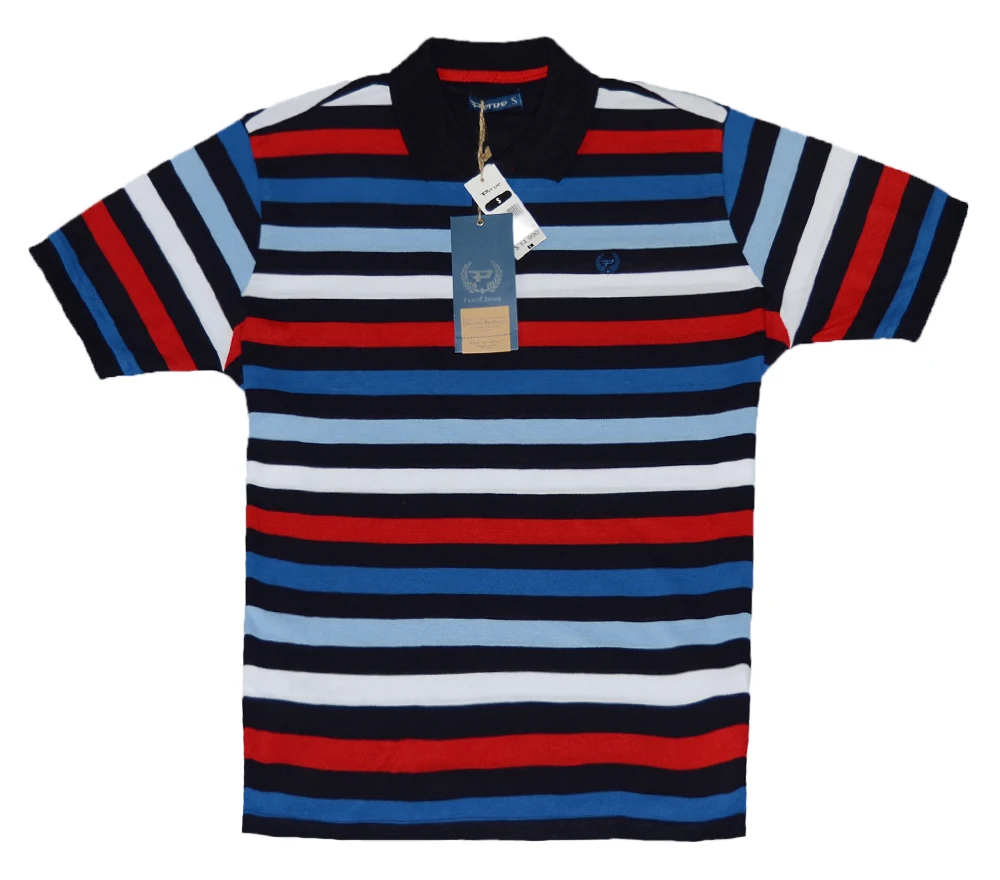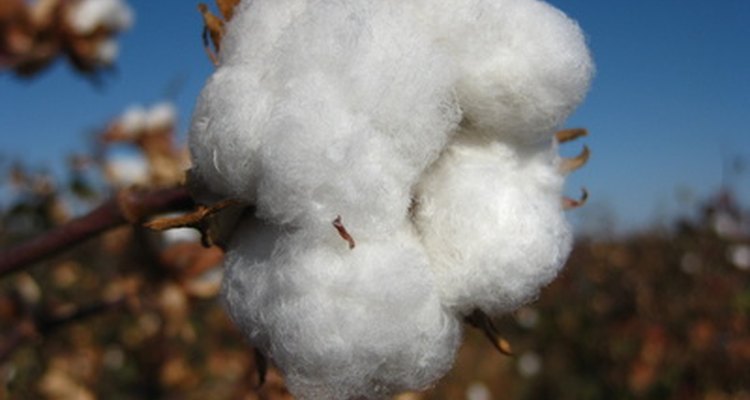
A wool jacket, broken-in denim, or your favorite shirt: They’re all at risk if not cared for properly.

Tri-blends, including cotton/rayon/polyesterĬlothes shrink because the fibers shorten when exposed to heat, water, and agitation-and the shrinkage knows no wardrobe bounds.Fabric blends, including cotton/polyester and cotton/spandex.Synthetic fabrics and blends are less likely to shrink because they require higher temperatures to change structure than natural fabrics. Pay attention to tags so you know what’s in your wardrobe. Other natural textiles, like bamboo, hemp, and Tencel offer environmentally friendly, easy-care options for clothing, but they may also shrink. Heat and water from laundering causes the fibers to return to their original shorter, curled state. When the fabric is prepared, the fibers are stretched. Natural fibers are more susceptible to shrinkage.

Fabrics react in different ways to washing and drying methods, so each type of fabric in your wardrobe requires proper care to prevent shrinkage.

Shrinkage is caused by fibers changing structure washing and drying methods can affect the structure of the fibers. What causes your Henley’s sleeves to shrink or your jeans to feel a little tight in the waistband and thighs, when they fit just fine a few weeks ago? The culprit may be your washer and dryer-or your washing and drying habits. There’s no single reason clothing shrinks, but the simplest answer may be as close as the label in your favorite top.


 0 kommentar(er)
0 kommentar(er)
